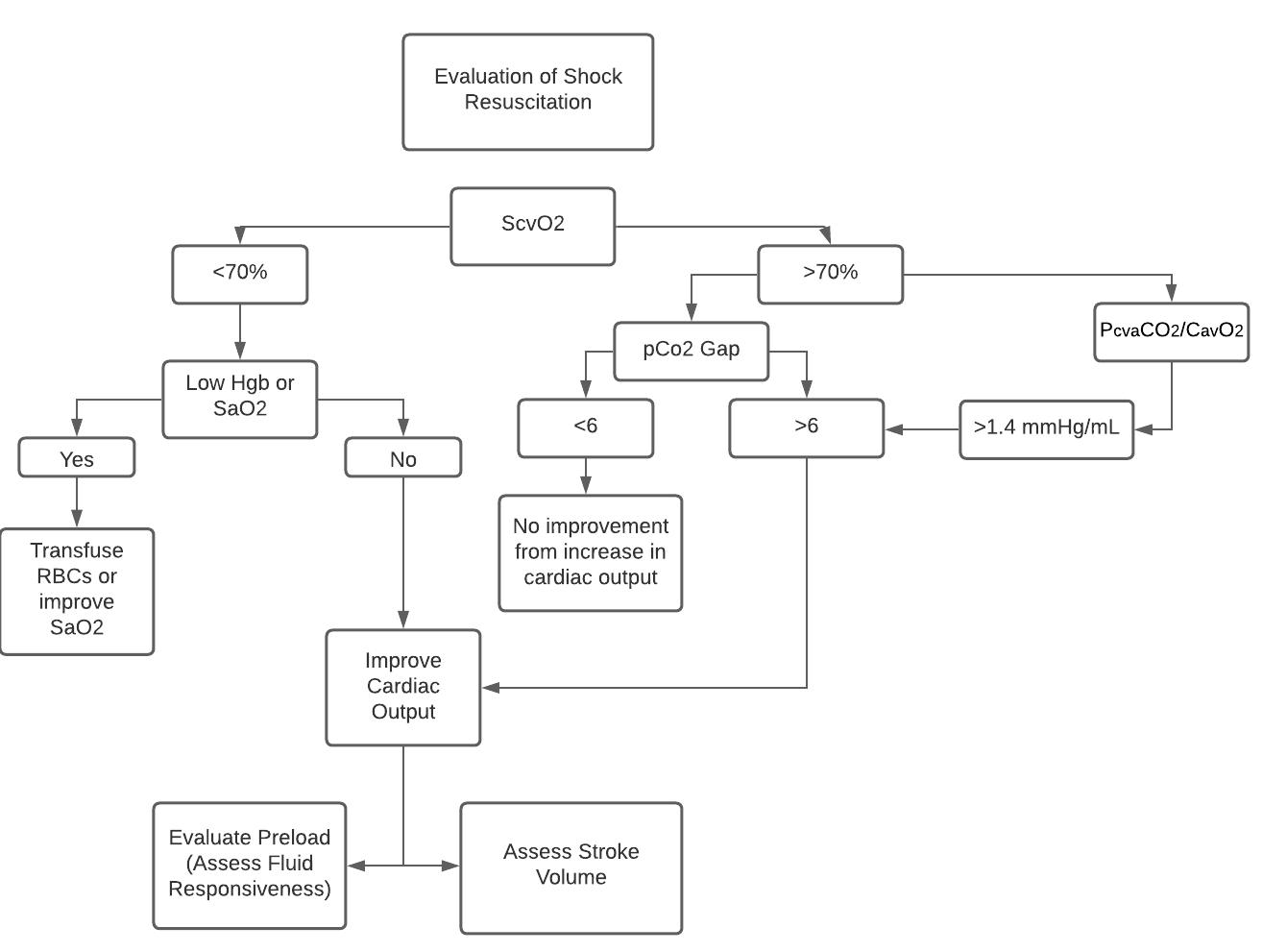AAEM/RSA RESIDENT JOURNAL REVIEW
Phenobarbital for the Management of Alcohol Withdrawal Syndrome Cody Couperus, MD, Akilesh Honasoge, MD, Samantha Yarmis, MD, and Hannah Goldberg, MD Editors: Kami M. Hu, MD FAAEM FACEP and Kelly Maurelus, MD FAAEM FACEP
Introduction Alcohol withdrawal syndrome (AWS) is a common presenting complaint in the emergency department (ED).1 Most patients with AWS have mild symptoms such as tachycardia, hypertension, agitation, tremors, or diaphoresis, while some progress to develop severe AWS characterized by seizures, hallucinosis, or delirium tremens. Prompt identification and treatment of severe AWS has led to large reductions in mortality from this condition.2 Chronic alcohol abuse causes tolerance via down-regulation of the γ-aminobutyric acid (GABA) receptor and up-regulation of N-MethylD-aspartic acid (NMDA) and non-NMDA glutamate receptors.3–5 The treatment of AWS is to increase and gradually taper GABA receptor stimulation—commonly done with benzodiazepines. Chronic ethanol exposure has been shown in some to alter the GABA receptor to exclude the benzodiazepine binding site, a likely mechanism for the development of what has been termed “benzodiazepine-resistant” AWS.5-6 Phenobarbital is another therapeutic option with multiple potential advantages over benzodiazepines including predictable pharmacokinetics, measurable drug levels, self-tapering due to long half-life, and demonstrated utility in benzodiazepine-resistant AWS.7,8 The ability of phenobarbital to treat benzodiazepine-resistant AWS is likely due to its inhibition of non-NMDA glutamate receptors and synergy with benzodiazepines at the GABA receptor.9,10 Yet despite the benefits of phenobarbital, benzodiazepines still remain widely accepted as the first-line treatment for AWS due to concern for barbiturate-induced respiratory depression and sedation. Question: Is phenobarbital a safe and effective treatment option for alcohol withdrawal syndrome in the ED?
Hendey GW, Dery RA, Barnes RL et al. A prospective, randomized, trial of phenobarbital versus benzodiazepines for acute alcohol withdrawal. Am J Emerg Med. 2011;29(4):382-5. This study was a double-blinded randomized controlled trial comparing intravenous phenobarbital to intravenous lorazepam and oral chlordiazepoxide for treatment of acute alcohol withdrawal. Patients were from two community hospitals with university affiliation in Fresno, CA, with a change in site halfway through due to closure of one hospital. Included patients had known or suspected alcohol withdrawal, which was defined as “tremulousness, nausea and vomiting, and hyperadrenergic manifestations occurring in a habitual alcohol user in the setting of abstinence from ethanol, without any other probable cause.” Exclusion criteria were age < 18 years, severe symptoms or intoxication precluding informed consent, pregnancy, significant comorbid medical illness, and allergy to study medications. Clinical Institute Withdrawal Assessment (CIWA)
scores were recorded at baseline and every 30 minutes thereafter until patients were either admitted or discharged. Patients were randomized to receive lorazepam as needed in 2 mg doses, or phenobarbital with an initial 260 mg dose and 130 mg doses as needed thereafter. Number and timing of doses were decided by the treating physician. Discharged patients in the lorazepam group were given chlordiazepoxide on discharge, whereas those in the phenobarbital group were given placebo pills on discharge. Discharged patients were asked to return at 48 hours to assess symptoms, compliance, and relapse. Outcome measures were efficacy during ED visit and at 48 hours, length of ED stay, final disposition, and relapse rate. Baseline characteristics (specifically age, sex, and baseline CIWA) were similar between groups. Twenty-five patients were randomized to receive phenobarbital and 19 patients to receive lorazepam; an additional four patients were excluded due to lack of recorded CIWA scores after initial measurement. A mean number of 2.9 doses were received in the phenobarbital group, for a mean total dose of 509 mg. In the lorazepam group, there was a mean of 2.1 doses for a mean total dose of 4.2 mg, with the difference in number of doses between groups reaching statistical significance (p=0.03). Both medications resulted in a significant decrease in CIWA score from baseline to ED discharge, with no significant difference between the groups. There was no significant difference in rates of admission to the hospital or in ED length of stay. Eighteen patients completed the 48-hour follow-up, with no significant difference in relapse rate, compliance, or CIWA scores. A limitation of this study was the small sample size, which did not meet the a priori power analysis performed requiring 23 patients in each group and likely limited the ability to find differences between the two treatment groups. Another major limitation was the exclusion of severely ill or altered patients; while understandably difficult to include given inability to provide informed consent, this omission limited information about treatment efficacy in an important demographic. Exclusion of patients with “significant comorbid medical illness,” which was not defined by the study authors, could also have significantly impacted the results. Low follow-up rates, while not surprising in this patient population, may have biased the results, and the authors do not describe any attempts made to encourage follow-up such as phone calls to patients. Lastly, the decision to defer the number and timing of doses to the treating physician, rather than following a standardized protocol, e.g. one based on CIWA scores, may have led to increased variability in treatment and low reproducibility of results. In conclusion, this study provides evidence that phenobarbital is an effective treatment for alcohol withdrawal in the emergency department. The authors note that usual practice at their institution is to provide
>>
COMMON SENSE SEPTEMBER/OCTOBER 2021
43



















